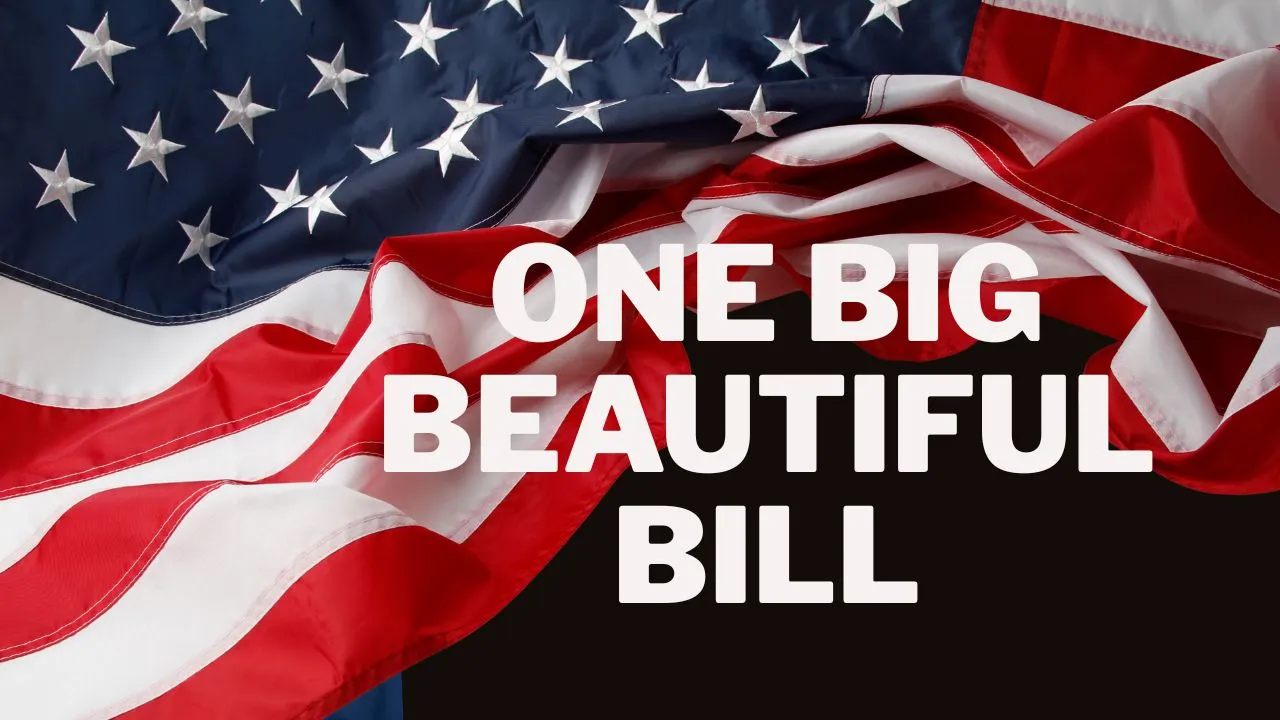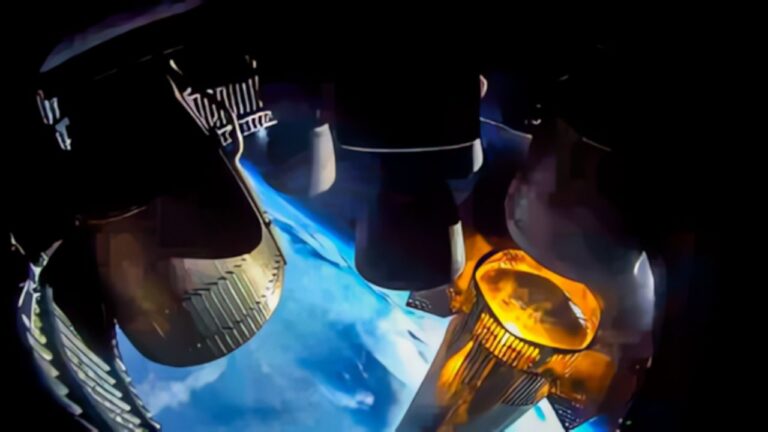How the One Big Beautiful Bill Act Will Shake Up Your 2026 Taxes

The One Big Beautiful Bill Act (OBBBA), signed into law by President Donald Trump on July 4, 2025, is being hailed as a massive win for American workers, families, and businesses. But what does this sweeping tax legislation really mean for your 2026 tax bill? If you’re like most people, the end of 2025 was looming large— that’s when many of the 2017 Tax Cuts and Jobs Act (TCJA) provisions were set to expire, potentially hiking taxes for millions. OBBBA steps in like a tax superhero, making those cuts permanent while sprinkling in new perks like “no tax on tips” and deductions for overtime. Let’s break it down in an engaging, step-by-step guide, complete with real-world examples, pros, cons, and tips to maximize your savings. Buckle up—this could save you thousands.
The Big Picture: Preventing a Tax Cliff
Imagine waking up on January 1, 2026, to higher tax rates, smaller deductions, and a bigger IRS bite out of your paycheck. That’s what would have happened without OBBBA. The 2017 TCJA slashed individual tax rates, doubled the standard deduction, and boosted credits like the Child Tax Credit—but it was temporary, sunsetting after 2025. OBBBA makes these changes permanent, averting what experts called a “$4 trillion tax hike.” According to the Tax Foundation, the average American could see a tax cut of about $3,752, with low-income earners (under $50,000) getting a 14.9% reduction.
But it’s not all extensions; OBBBA adds flair with Trump-era flair, like tax breaks for everyday hustles. Signed amid fireworks (literally, on Independence Day), it’s projected to cost $3.4 trillion over 10 years, sparking debates on deficits versus growth. Economically, it could boost GDP by 0.7% through pro-investment measures, but critics warn of added complexity and long-term debt.
Key Changes for Your 2026 Taxes
Here’s a breakdown of how OBBBA reshapes your tax return for income earned in 2026 (filed in 2027). We’ll use tables for clarity and examples assuming a middle-class family.
Tax Rates: Staying Low and Steady
No reversion to pre-2017 rates (which topped out at 39.6%). OBBBA locks in the seven-bracket system:
| Bracket | Single Filer Income | Joint Filer Income | Rate |
|---|---|---|---|
| 1 | Up to $11,925 | Up to $23,850 | 10% |
| 2 | $11,926–$48,475 | $23,851–$96,950 | 12% |
| 3 | $48,476–$103,350 | $96,951–$206,700 | 22% |
| 4 | $103,351–$197,300 | $206,701–$394,600 | 24% |
| 5 | $197,301–$249,500 | $394,601–$499,000 | 32% |
| 6 | $249,501–$623,300 | $499,001–$746,750 | 35% |
| 7 | Over $623,300 | Over $746,750 | 37% |
Example: A single nurse earning $60,000? Your effective rate stays around 12-15%, saving you ~$1,500 vs. pre-TCJA levels.
Deductions: Bigger and Bolder
- Standard Deduction: Jumps to $16,300 (single), $32,600 (joint), with temporary boosts of $1,000–$2,000 through 2028. Seniors get an extra $6,000 (phasing out at higher incomes).
- No Tax on Tips: Deduct up to $25,000 in qualified tips (e.g., servers, bartenders). Phases out over $150,000 AGI ($300,000 joint).
- No Tax on Overtime: Deduct up to $12,500 ($25,000 joint) in overtime pay. Same phase-out.
- Car Loan Interest: Deduct up to $10,000 in interest on U.S.-assembled vehicles. Phases out over $100,000 AGI.
- SALT Cap: Raised to $30,000, but phases down for high earners.
- QBI Deduction: 20% on business income, bumped to 23% post-2025.
Example: A joint-filing couple with $120,000 income, $5,000 in tips, and $8,000 overtime? Deduct $13,000 extra, slashing your bill by ~$2,000.
Credits and Exclusions: Family-Friendly Boosts
- Child Tax Credit: Permanent $2,000 per child, temporarily $2,500 through 2028. Requires SSNs.
- Adoption Credit: Up to $5,000 refundable.
- Child Care Credit: 50% of expenses, up to higher limits.
- Estate Tax Exemption: $15M per person, shielding most families from “death taxes.”
- New “Trump Accounts”: Government seeds $1,000 for kids born 2025-2028, tax-free growth for education/savings.
Other Twists: Health, Education, and More
- HSA expansions for telehealth and primary care.
- Reduced green energy credits (e.g., no more EV rebates).
- New 5% remittance tax (with credits for SSNs).
Pros, Cons, and Economic Ripple Effects
Pros: Stability breeds confidence—permanent cuts encourage spending and investment. Families under $100K get 66% of benefits. Economic growth from business incentives could add jobs.
Cons: Adds $3T to deficits, potentially fueling inflation or future taxes. New rules like tip/ overtime deductions mean more paperwork—critics call it “complexity creep.” High earners might see mixed bags with SALT phase-downs.
How to Prepare for 2026
- Track Changes: Use IRS tools for personalized estimates.
- Maximize Deductions: If you’re in tips or overtime, report accurately—transition relief applies for 2025.
- Consult a Pro: With phase-outs and VIN requirements for car loans, a tax advisor could uncover hidden savings.
- Watch Implementation: IRS guidance is rolling out; effective dates vary, but most kick in for 2026 income.
OBBBA isn’t just a bill—it’s a bold bet on lower taxes fueling prosperity. Whether you’re a tipped worker celebrating “no tax on tips” or a family eyeing bigger credits, your 2026 taxes just got a beautiful makeover. Stay informed, and happy filing!
Read More:






